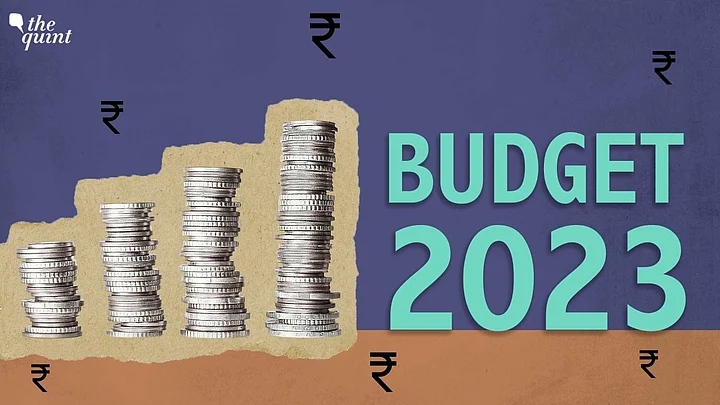The Economic Survey presented by Finance Minister Nirmala Sitharaman on Tuesday, 31 January, projected a real GDP growth of 6.5 percent for the Indian economy in the financial year 2023-23, starting April 2023.
The GDP growth (in real terms) is estimated to be 7 percent for the financial year ending in March 2023. This comes after an 8.7 percent real GDP growth was recorded in the previous financial year (FY 2021-22), the central government indicated.P
"Despite strong global headwinds and tighter domestic monetary policy, if India is still expected to grow between 6.5 and 7.0 per cent, and that too without the advantage of a base effect, it is a reflection of India’s underlying economic resilience," the survey stated.
Here are the key highlights from the 371-page Economic Survey 2022-23:
Growth drivers: The survey attributed India's "economic resilience" to the following:
Surge in exports over FY 2021-22 and first half of FY2022-23, which reportedly led to an increase in manufacturing and investment activities.
Private consumption or consumer expenditure, which was recorded at 58.4 per cent in Q2 of FY23.
Contact-intensive services such as trade, hotel and transport, which saw a quarter over quarter growth of 16 percent.
Challenges: Although the survey reported that the third wave of the COVID-19 pandemic did not significantly affect the economy, it also acknowledged that the Russia-Ukraine war contributed to the hike in retail inflation.
"During those ten months [up till November 2022], rising international commodity prices contributed to India’s retail inflation as also local weather conditions like excessive heat and unseasonal rains, which kept food prices high," the survey added.
Global trade: As a result of the global economic slowdown, subdued demand, and inflationary pressures, India's exports are likely to witness sluggish growth, the survey revealed.
The country's current account deficit (CAD) also widened in FY2022-23. This means that India continued to import more goods and services than it was able to export to other countries.
India 3rd largest in PPP: The survey stated that India is the world's third largest economy in PPP (purchasing power parity) terms and fifth largest in terms of exchange rate.
"Economy has nearly recouped what was lost, renewed what had paused, and re-energised what had slowed during the pandemic and since the conflict in Europe," it added.
Inflation at 6.8 percent: RBI's projection of retail inflation at 6.8 percent in the current fiscal year is neither too high to deter private consumption nor so low as to weaken inducement to invest, the survey stated.
However, the borrowing costs are likely to remain 'higher for longer' as an entrenched inflation may prolong the tightening cycle.
